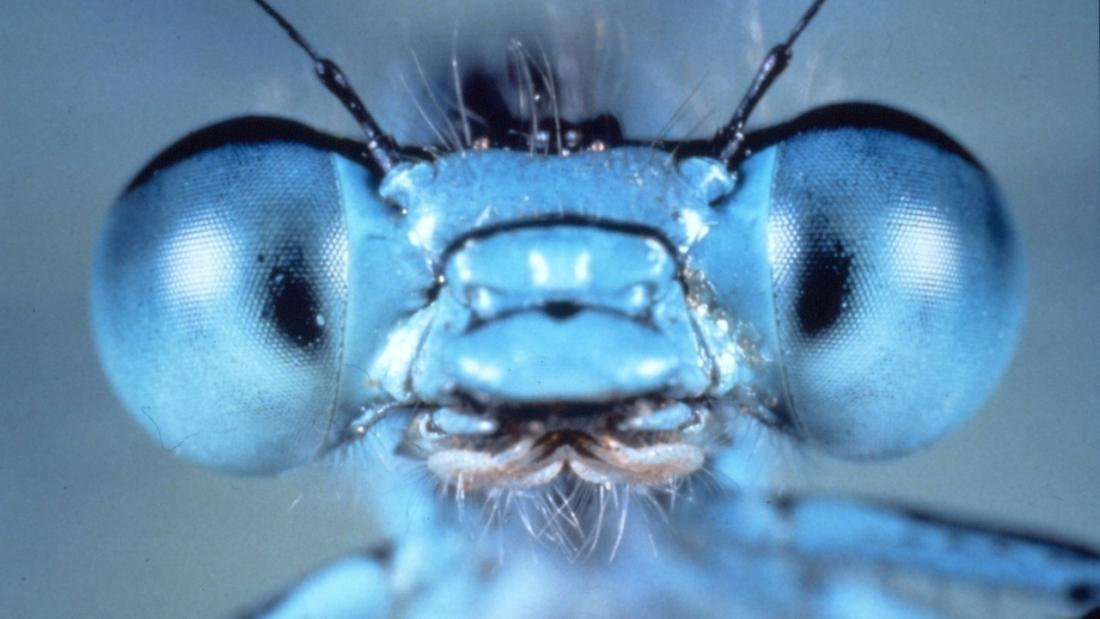
Real Art Ways Hartford, CT
Dr. Michael Singer
Professor of Biology, Wesleyan University
Microcosmos— Often overlooked: lives of insects and why they matter
Program Description
Dr. Michael Singer discusses the complex, hidden world of insects and how humanity (and climate change) impact their delicate system.
Presented At
Real Art Ways Hartford, CT
Film Synopsis
A documentary on insect life in the meadows and ponds of the French countryside.
Utilizing special macroscopic photographic techniques, filmmakers Claude Nuridsany and Marie Perennou created this fascinating and visually spectacular look at the hidden worlds in the life cycle of an ordinary meadow in France.
When seen through the lens of Nuridsany and Perennou's camera, insects become gigantic beasts, blades of grass turn into towering monuments, and raindrops form puddles that resemble vast oceans.
The filmmakers find humor, drama, and beauty in the lives of these tiny flora and fauna as caterpillars transform themselves into butterflies, beetles struggle with their day's foraging, and snails reproduce their species.
About the Speaker
Dr. Michael Singer is a Professor of Biology at Hall-Atwater Laboratories, Wesleyan University. His research is ultimately aimed at understanding the generation and maintenance of biodiversity. Toward this end, he studies the ecological and evolutionary processes driving trophic interactions among terrestrial plants, insect herbivores, and carnivores that eat insect herbivores (tri-trophic interactions). These organisms collectively account for over 50% of all 1.9 million described species on Earth.
He is interested in the significance of tri-trophic and other species interactions for generating biodiversity (e.g., Singer and Stireman 2005, Janson et al. 2008), ecological specialization (Singer 2008, Forister et al. 2012), and predicting the dynamics of ecological networks (Singer et al. 2012, 2014). This tri-trophic paradigm can also reveal new phenomena, such as the discovery of self-medication behavior in insect herbivores (Singer et al. 2009). His approach to testing and developing ecological and evolutionary theory uses information at a range of temporal and spatial scales as well as several levels of biological organization. Consequently, this work is often collaborative, involving the disciplines of community and landscape ecology, evolutionary ecology, chemical ecology, behavioral science, neurophysiology, biochemistry, systematics, conservation biology and natural history.